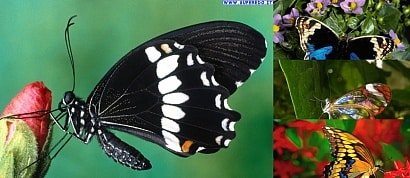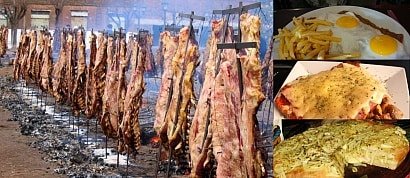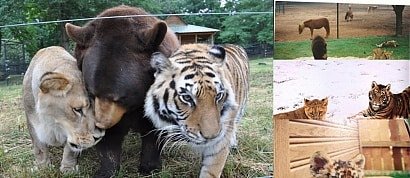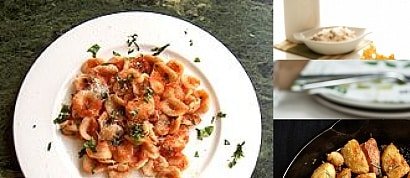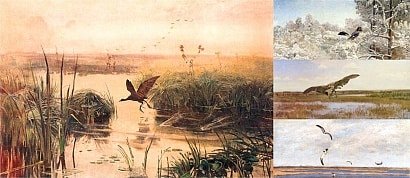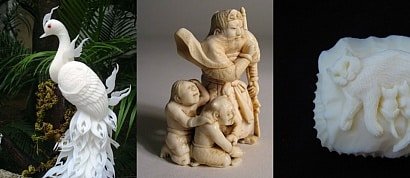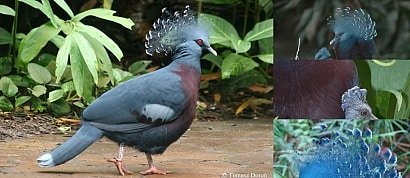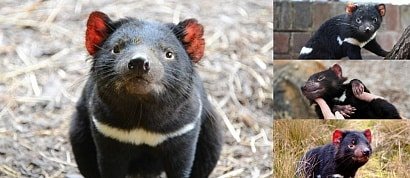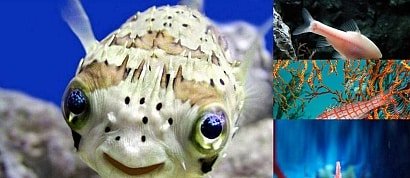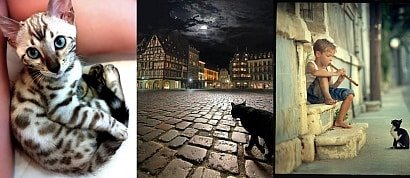A list of my favorite images of Otters.
List #2 may be viewed here: www.listal.com/list/favorite-images-otters-2
en.wikipedia.org/wiki/Otter
Otter is a common name for a carnivorous mammal in subfamily Lutrinae. The 13 extant otter species are all semiaquatic or aquatic, with diets based on fish and invertebrates.
Lutrinae is a branch of the weasel family Mustelidae, which also includes weasels, martens, minks, polecats, Eurasian and American badgers, honey badgers and wolverines.
Otters have long, slim bodies and relatively short limbs with webbed paws. Most have sharp claws on their feet and all except the sea otter have long, muscular tails. The 13 species range in adult size from 0.6 to 1.8 m (2.0 to 5.9 ft) in length and 1 to 45 kg (2.2 to 99.2 lb) in weight. The Oriental small-clawed otter is the smallest otter species and the giant otter and sea otter are the largest. They have very soft, insulated underfur, which is protected by an outer layer of long guard hairs. This traps a layer of air which keeps them dry and warm under water.
Several otter species live in cold waters and have high metabolic rates to help keep them warm. European otters must eat 15% of their body weight each day, and sea otters 20 to 25%, depending on the temperature. In water as warm as 10 °C (50 °F), an otter needs to catch 100 g (3.5 oz) of fish per hour to survive. Most species hunt for three to five hours each day and nursing mothers up to eight hours each day.
For most otters, fish is the staple of their diet. This is often supplemented by frogs, crayfish and crabs. Some otters are expert at opening shellfish, and others will feed on available small mammals or birds. Prey-dependence leaves otters very vulnerable to prey depletion.
Otters are active hunters, chasing prey in the water or searching the beds of rivers, lakes or the seas. Most species live beside water, but river otters usually enter it only to hunt or travel, otherwise spending much of their time on land to avoid their fur becoming waterlogged. Sea otters are considerably more aquatic and live in the ocean for most of their lives.
Otters are playful animals and appear to engage in various behaviors for sheer enjoyment, such as making waterslides and then sliding on them into the water. They may also find and play with small stones. Different species vary in their social structure, with some being largely solitary, while others live in groups – in a few species these groups may be fairly large.
The gestation period in otters is about 60 to 86 days. The newborn pup is cared for by the mother, father and older offspring. Female otters reach sexual maturity at approximately two years of age and males at approximately three years. After one month, the pup can leave the holt and after two months, it is able to swim. The pup lives with its family for approximately one year. Otters live up to 16 years.
An otter's den is called a holt or couch. Male otters are called dogs, females are called bitches and their offspring are called pups. The collective nouns for otters are bevy, family, lodge, romp (being descriptive of their often playful nature) or, when in water, raft.
Added to
People who voted for this also voted for
Butterflies
Typical Argentine Cuisine
Lions & Tigers & Bears
My favorite food
Jozef Marian Chelmonski - paintings
Around the world with ...a soup.
Movies About Teacher and Students
Films About Horse
Polish Classics - Warszawa
Churches in Chiloé Archipelago (Chile)
Soap Art
Allure: Cars
Europe in Color by Prokudin-Gorsky (1903-1912)
Bmw M series
Player's Cigarette Cards
More lists from kathy
Favorite Images of Pigeons & Doves
Favorite Images of Tasmanian Devils
Favorite Images of Fish #1
Favorite Images of Cats & Kittens #4
Favorite Images of Dogs & Puppies #6
Favorite Images of Pigs & Piglets
Favorite Movie Posters #2
 Login
Login














































